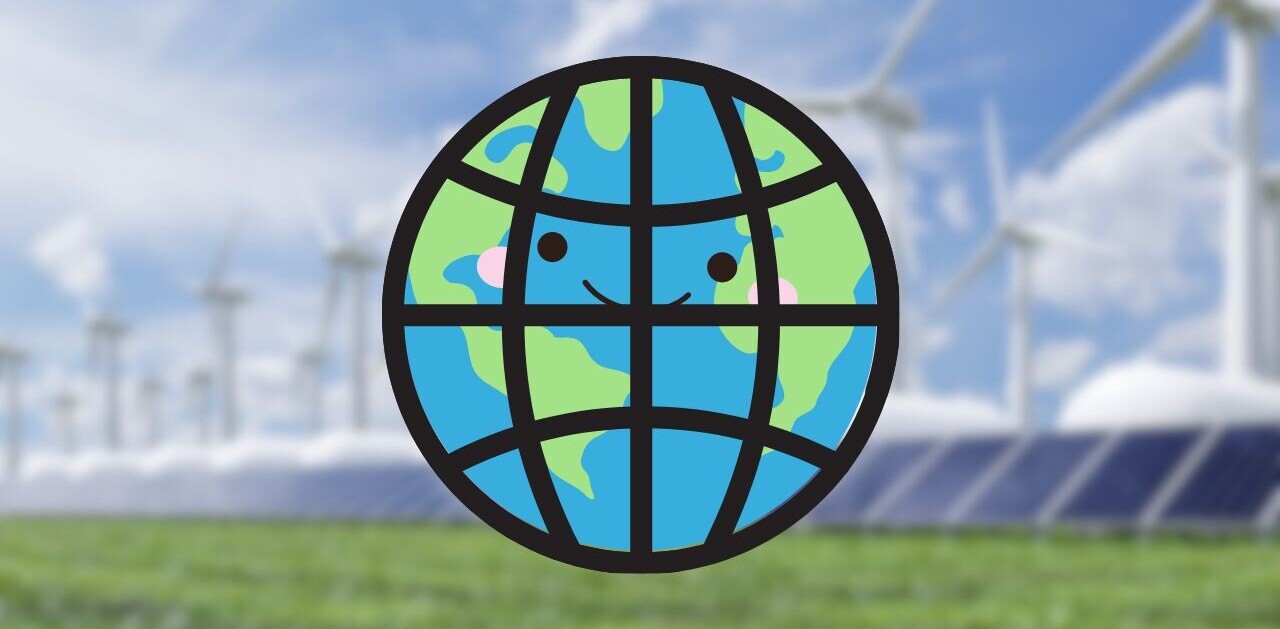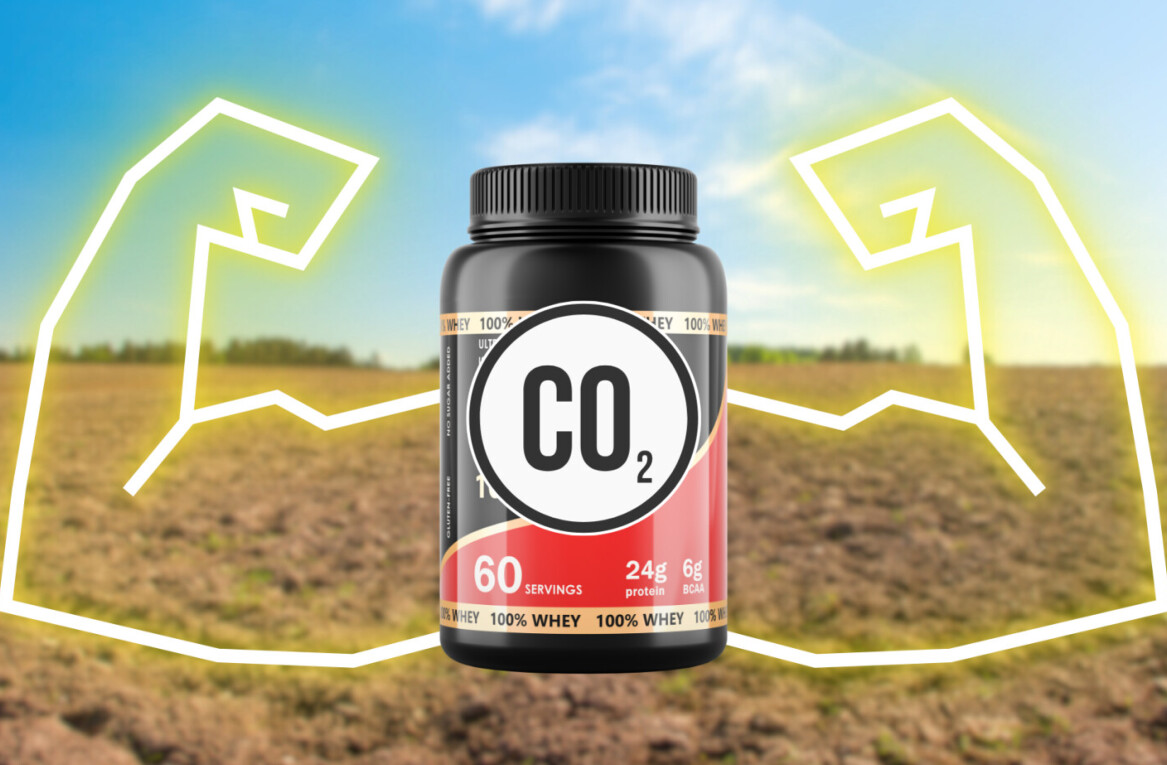
Lithuanian climate investment firm HeavyFinance has added over 700,000 football pitches-worth of farmland in Ukraine to its soil carbon credit programme.
Modern agriculture has taken its toll on soils. Centuries of plowing, cutting, and overgrazing has made land less fertile. This has also released billions of tonnes of CO2 into the atmosphere.
HeavyFinance pays farmers to put some of this carbon back into the ground.
Specifically, the company issues loans to encourage the switch to regenerative farming practices. This includes rotating crops, growing cover crops during the off season, or plowing less often. These processes can remove carbon from the atmosphere and store it in the soil.
Once farmers have transitioned to this new way of agriculture, HeavyFinance measures how much carbon they have stored. The company does this using satellite data and soil samples. It measures carbon levels in the soil before and after the changes to estimate the tonnes of CO2 that have been removed.
In the case of Ukraine, local company Agsolco, will verify and issue the soil carbon credits. Companies or countries will buy these tokens as a way to offset their emissions.
The more carbon farmers pull from the atmosphere, the more money they can make. In war-torn Ukraine, this could provide a valuable income stream.
“Switching to regenerative agriculture gives farmers the opportunity to improve their soil and store more carbon at the same time,” said Laimonas Noreika, CEO and co-founder of HeavyFinance.
A growing market for soil carbon credits
In March, HeavyFinance secured €50mn in debt financing, with €20mn coming from the European Investment Fund (EIF). It has already added 250,000 hectares of land to its carbon farming programme, including countries such as Bulgaria, Latvia, Lithuania, Poland, and Portugal.
The Lithuanian company is far from the only one betting big on soil carbon credits. Agreena, a soil carbon credit provider from Denmark, now has two million hectares of farmland under its management. Across the Atlantic, US-based Indigo has secured hundreds of millions of dollars for its own soil carbon marketplace.
Proponents say soil carbon credits offer a way to draw down CO2 and improve cash flow for struggling farmers. But some critics question the science behind it.
Issuing soil carbon credits relies on broad estimates of how much carbon has been stored. While technologies like satellites and drones are improving coverage, it’s still unfeasible to take measurements of every single field or patch of soil. What’s more, researchers still don’t fully understand the science of how soils store and release carbon.
Nevertheless, buyers of soil carbon credits see them as a safer bet compared to forest offset credits, issued in exchange for protecting forests at risk of destruction. Issuers have come under mounting scrutiny for overinflating the value of these credits, causing many companies to stop purchasing them.
HeavyFinance estimates that applying regenerative practices across Ukraine’s entire agricultural estate can reduce 757.7 million tonnes of CO2 emissions. This is equivalent to the total annual carbon output of Germany.
One of the themes of this year’s TNW Conference is Sustainable Futures. If you want to dive into the ethics, diversity, sustainability, and social impacts of tech — or simply experience the event (and say hi to our editorial team) — we’ve got something special for our loyal readers. Use the code TNWXMEDIA at checkout to get 30% off your business pass, investor pass or startup packages (Bootstrap & Scaleup).
Get the TNW newsletter
Get the most important tech news in your inbox each week.




